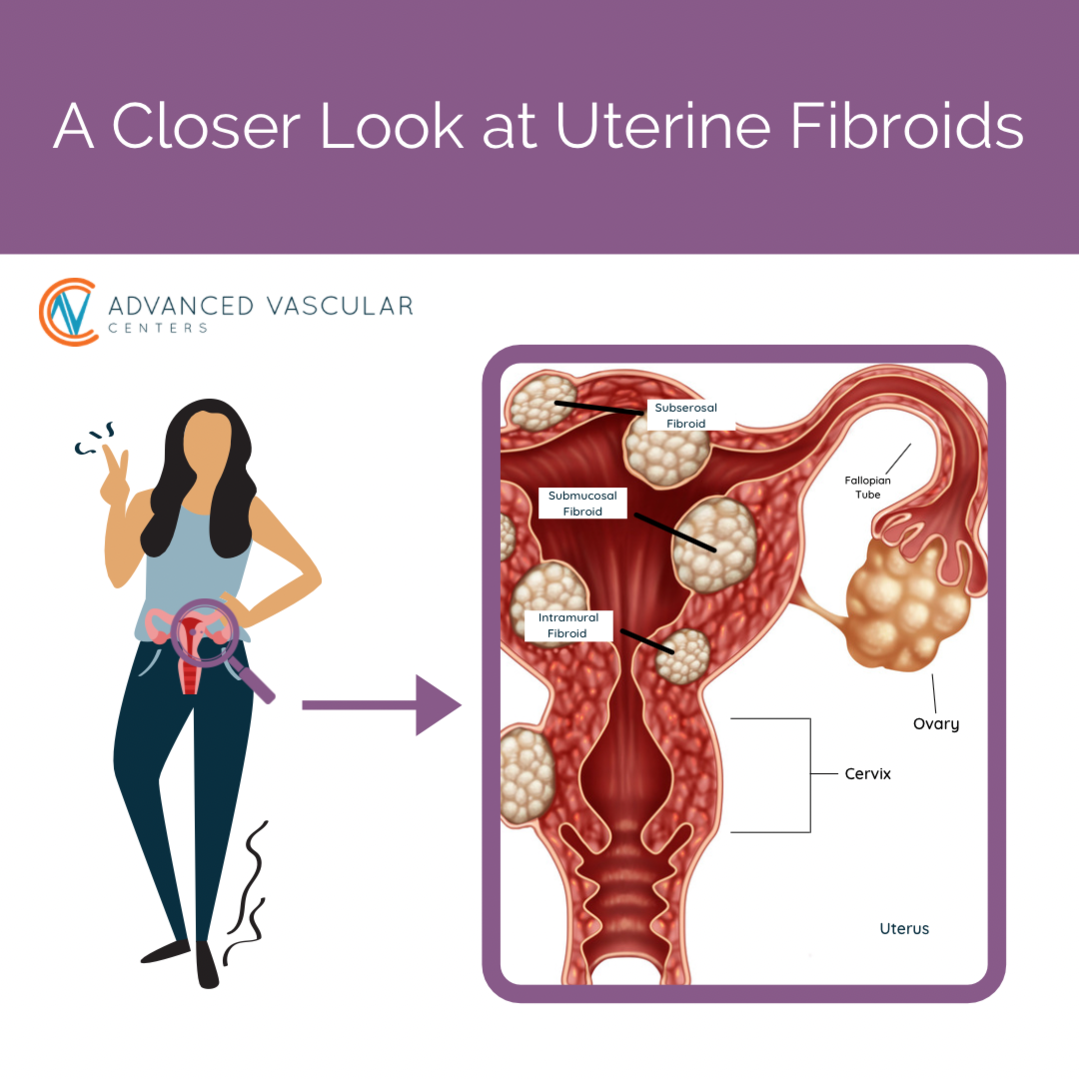TRANSARTERIAL RADIOEMBOLIZATION (TARE)
Transarterial radioembolization (TARE), also known as selective internal radiation therapy (SIRT), is a minimally invasive procedure used to treat certain types of liver cancer and liver metastases.
Contact AVC to see if you are a candidate for Transarterial radioembolization (TARE).
Transarterial Radioembolization (TARE)
Transarterial radioembolization (TARE), also known as selective internal radiation therapy (SIRT), is a minimally invasive procedure used to treat certain types of liver cancer and liver metastases. It involves the delivery of radioactive microspheres directly into the blood vessels that supply the tumor, where they become lodged, emitting radiation and causing localized tumor destruction. TARE is considered a safe and effective treatment option for patients who are not candidates for surgery or other forms of locoregional therapy.
History and Development
The concept of TARE dates back to the 1960s when researchers first began exploring the use of radioactive microspheres for the treatment of liver tumors. Early studies demonstrated the feasibility and safety of the procedure, leading to further development and refinement of the technique. Over the years, advances in imaging technology, microsphere design, and treatment planning have helped to improve the efficacy and safety of TARE, making it a valuable addition to the treatment armamentarium for liver cancer.
Mechanism of Action
TARE involves the use of two types of radioactive microspheres: yttrium-90 (Y-90) and holmium-166 (Ho-166). These microspheres are delivered into the hepatic artery, which supplies blood to the liver, via a catheter inserted into the femoral artery in the groin. Once in the liver, the microspheres become lodged in the small blood vessels that feed the tumor, where they emit radiation, destroying the tumor cells while sparing the surrounding healthy liver tissue.
Patient Selection
Patient selection is a critical aspect of TARE treatment. Candidates for TARE typically have unresectable liver tumors, either primary (such as hepatocellular carcinoma) or metastatic (from colorectal cancer, for example), and are not candidates for surgery or other forms of locoregional therapy. Patients must also have adequate liver function and be able to tolerate the procedure.
Safe and Effective
Transarterial radioembolization (TARE) is a safe and effective treatment option for patients with unresectable liver tumors. The procedure involves the delivery of radioactive microspheres directly into the blood vessels that supply the tumor, where they emit radiation, causing localized tumor destruction. TARE has been shown to prolong overall survival and progression-free survival in patients with liver cancer and is associated with a low rate of complications. Continued advancements in technology and research are expected to further improve the efficacy and safety of TARE, making it an important tool in the treatment of liver cancer.
The TARE Procedure
- Pre-procedural Evaluation: Patients undergo a thorough evaluation, including imaging studies (such as CT or MRI) and blood tests, to assess tumor size, location, and liver function.
- Mapping and Planning: A detailed mapping of the liver vasculature is performed using angiography to identify the blood vessels that supply the tumor. This information is used to plan the treatment and determine the appropriate dosage of radioactive microspheres.
- Catheter Placement: A catheter is inserted into the femoral artery in the groin and guided to the hepatic artery under fluoroscopic guidance.
- Radioembolization: The radioactive microspheres are delivered into the hepatic artery through the catheter. The microspheres become lodged in the small blood vessels that feed the tumor, where they emit radiation, targeting the tumor cells.
- Post-procedural Care: After the procedure, patients are monitored closely for any signs of complications. They may stay in the hospital for observation or be discharged home with instructions for follow-up care.
Risks and Complications
While TARE is generally considered safe, there are potential complications associated with the procedure, including radiation-induced liver disease, liver abscess, and gastrointestinal ulceration. Patient selection, meticulous treatment planning, and careful monitoring are essential to minimize the risk of complications. Additionally, TARE is not suitable for all patients and should be carefully considered in the context of the patient’s overall health and treatment goals.
Efficacy and Outcomes
Numerous studies have demonstrated the efficacy of TARE in treating liver tumors. TARE has been shown to significantly prolong overall survival and progression-free survival in patients with unresectable liver cancer compared to standard treatments. TARE is also associated with a low rate of complications and a high quality of life for patients, making it a valuable treatment option for those who are not candidates for surgery.
FAQS
How does TARE differ from other liver cancer treatments?
TARE is unique in that it delivers radiation directly to the tumor, sparing the surrounding healthy liver tissue. This targeted approach can lead to effective tumor control with minimal side effects compared to other treatments like chemotherapy or external beam radiation therapy.
Who is a candidate for TARE?
Candidates for TARE typically have unresectable liver tumors, either primary or metastatic, and are not candidates for surgery or other forms of locoregional therapy. They must also have adequate liver function and be able to tolerate the procedure.
What is the procedure like?
The TARE procedure is performed under local anesthesia and involves the insertion of a catheter into the femoral artery in the groin. The catheter is then guided to the hepatic artery, where the radioactive microspheres are delivered. The procedure typically takes 1-2 hours and may require an overnight hospital stay for observation.
What are the potential side effects of TARE?
The most common side effects of TARE include fatigue, nausea, and abdominal pain. In some cases, patients may experience more severe side effects, such as radiation-induced liver disease or gastrointestinal ulceration. However, these complications are rare and can be managed with proper monitoring and care.
How effective is TARE in treating liver cancer?
TARE has been shown to be highly effective in treating liver cancer, with studies demonstrating significant improvements in overall survival and progression-free survival compared to standard treatments. TARE is also associated with a low rate of recurrence and can be repeated if necessary.
Are there any contraindications to TARE?
TARE is not suitable for all patients and may be contraindicated in certain cases, such as patients with advanced liver disease, severe liver dysfunction, or extensive tumor burden. It is important to discuss your medical history and treatment options with your healthcare provider to determine if TARE is right for you.




